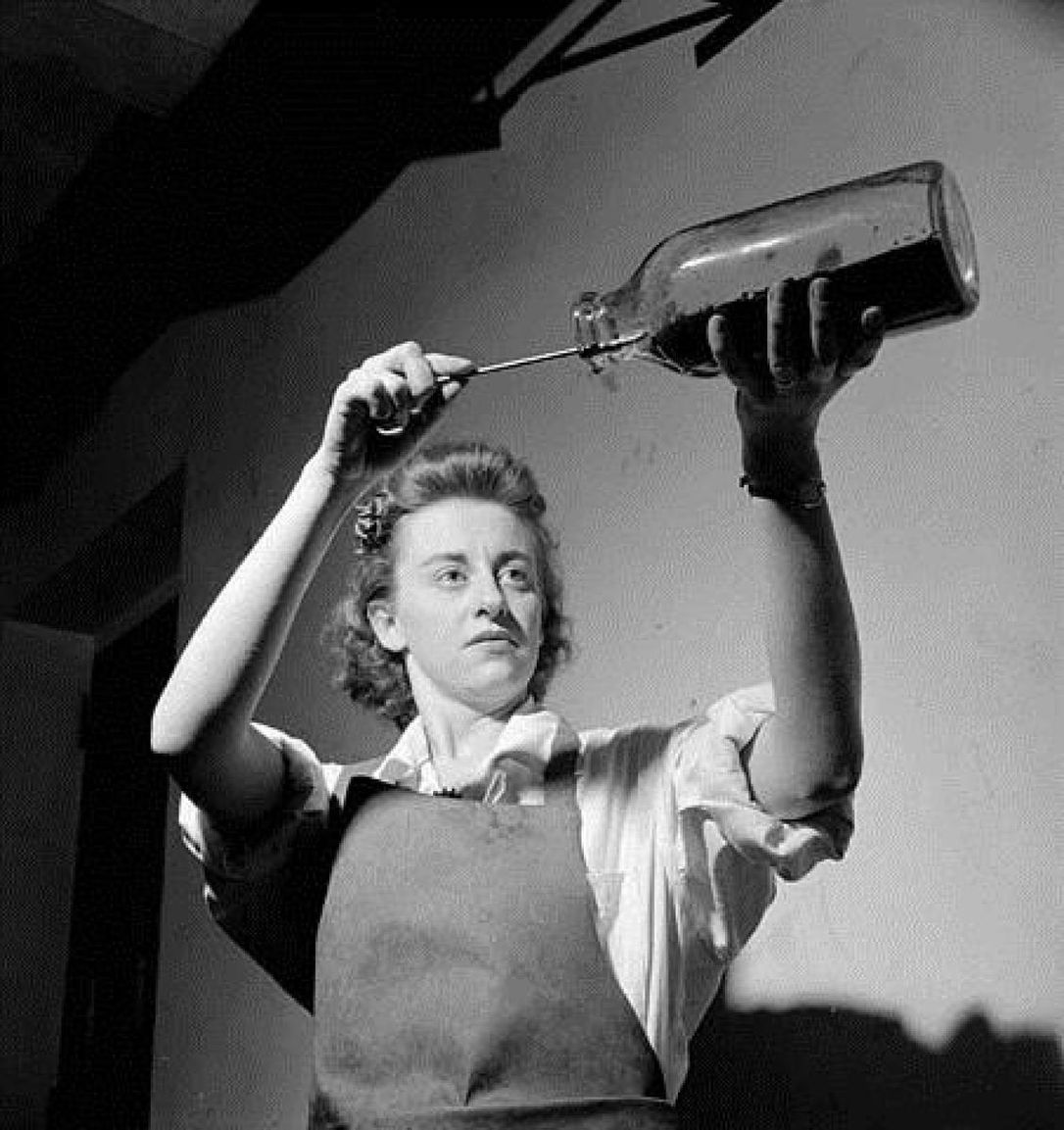
It took fluid in glass vials, monkey tissue and a gentle rocking motion to make a Canadian research scientist a heroine and put her laboratory on the international pharmaceutical map.
It 1952 the worst polio epidemic was spreading across North America. In Canada, the disease peaked in 1953 with 9,000 cases and 500 deaths, the worst national epidemic since the 1918 influenza pandemic.
However, Dr. Jonas Salk, an American biologist and physician specializing in the study of virology, experimented with inactivated poliovirus cells to generate the first successful killed-virus polio vaccine.
Salk’s dilemma? How to mass produce the vaccine. Tucked inside the Department of Hygiene at the University of Toronto, a small lab had discovered that the polio virus grew rapidly on monkey kidney tissue in a synthetic liquid form. A PhD fungus specialist named Leone Farrell managed to adhere the tissue to the inside surface of a five-litre bottle. Then, she continuously agitated the bottles to allow the medium to generate cell production.
Dr. Farrell’s system became known as “the Toronto technique.” (more…)